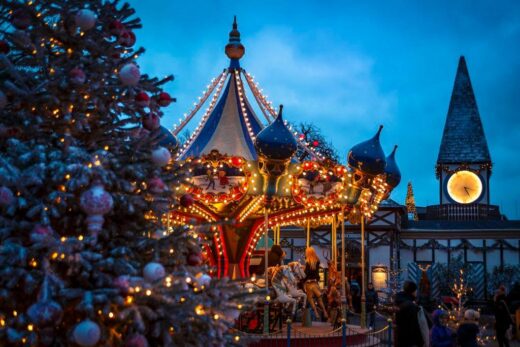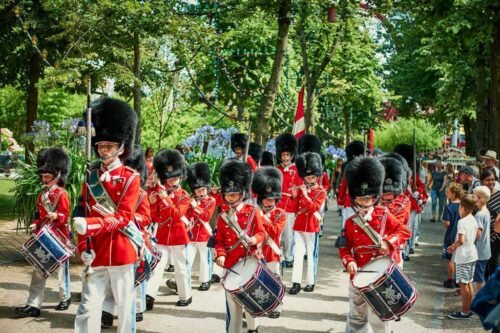Tivoli Gardens
Right next to the Ny Carlsberg Glyptotek, adjacent to its northwest side lies one of the most renowned recreational parks in Europe. The Tivoli Gardens have been since their opening in 1843 (the second oldest amusement park in Europe, the first being Dyrehavsbakken, 12 km north of Copenhagen) an enchanting combination of well-shaped colorful gardens, amusement parks, theaters, and restaurants.
All began when Georg Carstensen (1812-1857), a well-traveled son of a diplomat, publisher, and popular socialite of the 1840’s acquired a five-year licence from King Christian VIII to establish an amusement park outside the Vesterport district that would try to emulate all the parks and the gardens he had visited in his travels in England, France, Spain and Morocco.
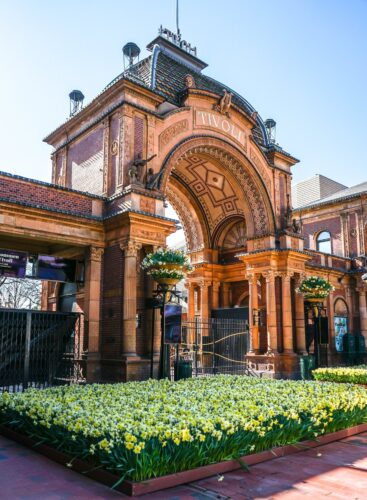
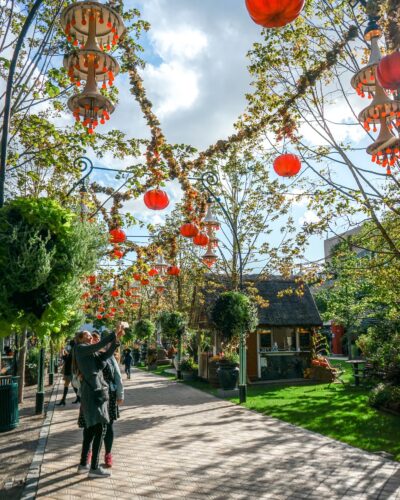
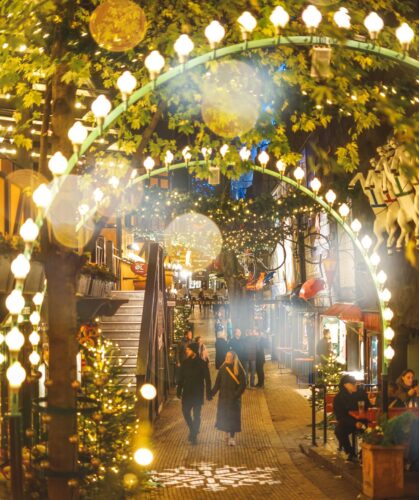
When the park first opened its doors as “Tivoli & Vauxhall Park” (names taken by Jardin de Tivoli in Paris and Vauxhall Gardens in London) in August of 1843, although the original entrance was a modest wooden gate with a ticket house on each side, it created a wave of enthusiasm to its guests, with Hans Christian Andersen being one of them. (He was inspired to write the fairy tale the Nightingale).
By the end of the 19th century Tivoli gardens had acquired an impressive Chinese style stage (Peacock Theater) especially active in the repertoire of pantomime that was extremely popular with the city’s youth and a grand main entrance that still stands today. The frequent events, the diversity of its attractions and its evening illumination with the coming of electricity carried the park in the 20th century as a successful venture.
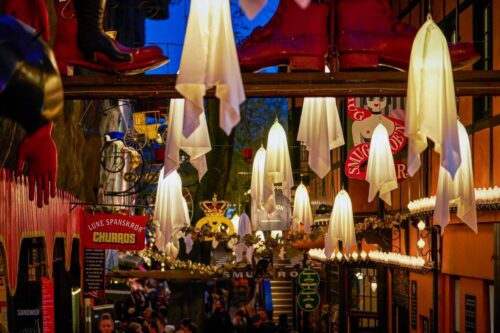
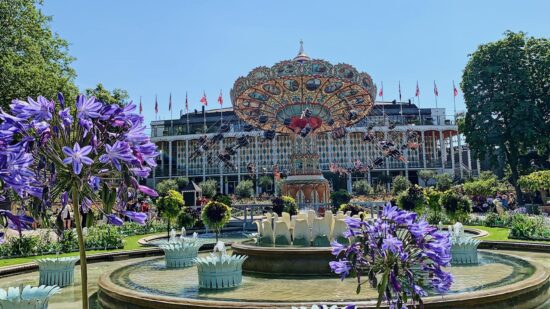
In 1900 the frigate and restaurant St. George was anchored by the Tivoli lakeside and the Chinese Tower with its restaurant beside the lake started introducing Chinese food and culture in the Danish capital. In 1909 the Nimb, the Moorish-inspired palace opened as a Bazaar with exhibitions of arts and crafts.
The restaurant followed suit and very quickly established itself as a leading eatery. Today it operates as hotel as well. In 1914 one of the world’s oldest, wooden roller coasters (Rutschebanen) started operating and has never stopped since. In the 1920’s the first bumper cars and classic carousels came in and in the 1930’s the Dragon Boats were introduced.
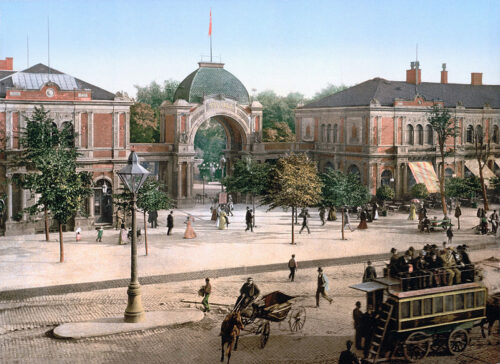
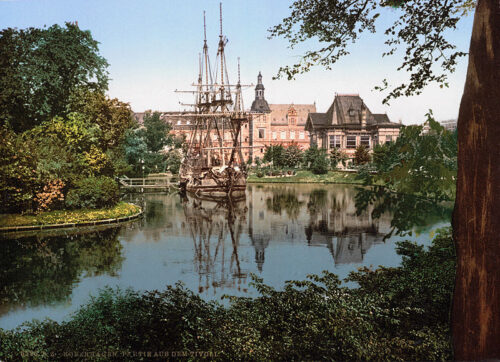
WWII took a toll on many of the park’s premises that were bombed and destroyed by Nazi sympathizers but it quickly recovered after the war so as to become Walt Disney’s main inspiration for the creation of his own amusement park in the States in the early 1950’s when he repeatedly visited the place fascinated by its extraordinary atmosphere.
Today Tivoli Gardens Amusement Park is the place of 30 restaurants, 26 rides, of 3 major theaters and several open stages, home to the world’s highest carousel (80m), of Hans Christian Andersen’s Castle and of the Tivoli Youth Guard that is housed inside it. It is the venue of hundreds of open air concerts every year and main venue of the Copenhagen Jazz festival.
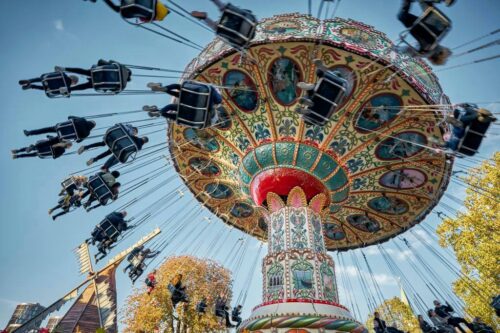
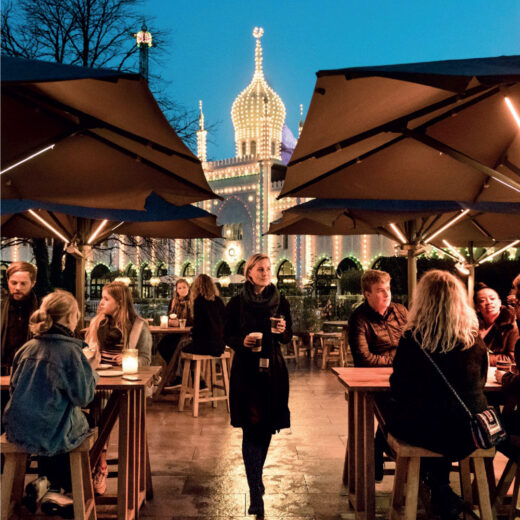

Hundreds of thousands of flowers, illuminated by an equally impressive number of lights during the night are just the cherries on the cake. Surely there’s a reason why this place is Europe’s second most popular seasonal amusement park in the world…Yes, the only downside is that the amusement park is seasonal. So be sure to check the park’s website for the exact dates, that usually revolve around holidays in the winter. During the summer the park is always open. More
